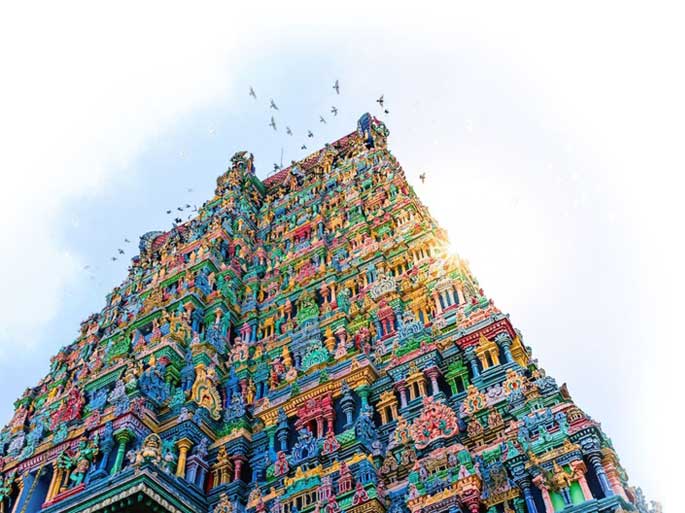LITTLE ENCYCLOPAEDIA
THE HINDU TEMPLE

The temple is the main place of aggregation and cultural exchange for devotees. Entire families come together to share the sacred food (prasad) offered to the Divinity and spend some time in the community.
It is not, however, a “closed” place, but a bridge between the Hindu community and the local one in a process of getting to know and accepting one another; everyone is welcomed and the common good is supported.
The construction of the temple reproduces the universe seen as the body of God and the human body, reflecting the relationships and analogies between macrocosm and microcosm. The faithful “pray” at the point that represents the heart, the main divinity of the temple is located at the head where the priest celebrates the various rituals. The earliest significant examples of Hindu templar architecture date back to the Pallava dynasty in South India, when the stunning monolithic temples of Mahabalipuram were carved in the rock, and later the temples of Kanchipuram, Ellora and Elephanta. The temple soon became the centre of culture. Art, music, dance, poetry, painting, architecture, sculpture vibrate in the temples and in its monumental buildings.
In the temple one can:

Sing devotional hymns or read the Scriptures

Meditate

Do service (seva)

Bring offerings to the Divinity
ruits, flowers, coloured powders (symbolic expressions of devotion and the best qualities that the devotee offers)

